Got my PCBs from OSH park. They look pretty great, but their panelization or whatever added these nasty little bumps on the USB connector. It takes a bit to file these down, and its super annoying. I'll populate the boards very soon. I'm also still working on the software. I've been super busy lately with college app essay, work, and rocketry, but I'll still try to get this done
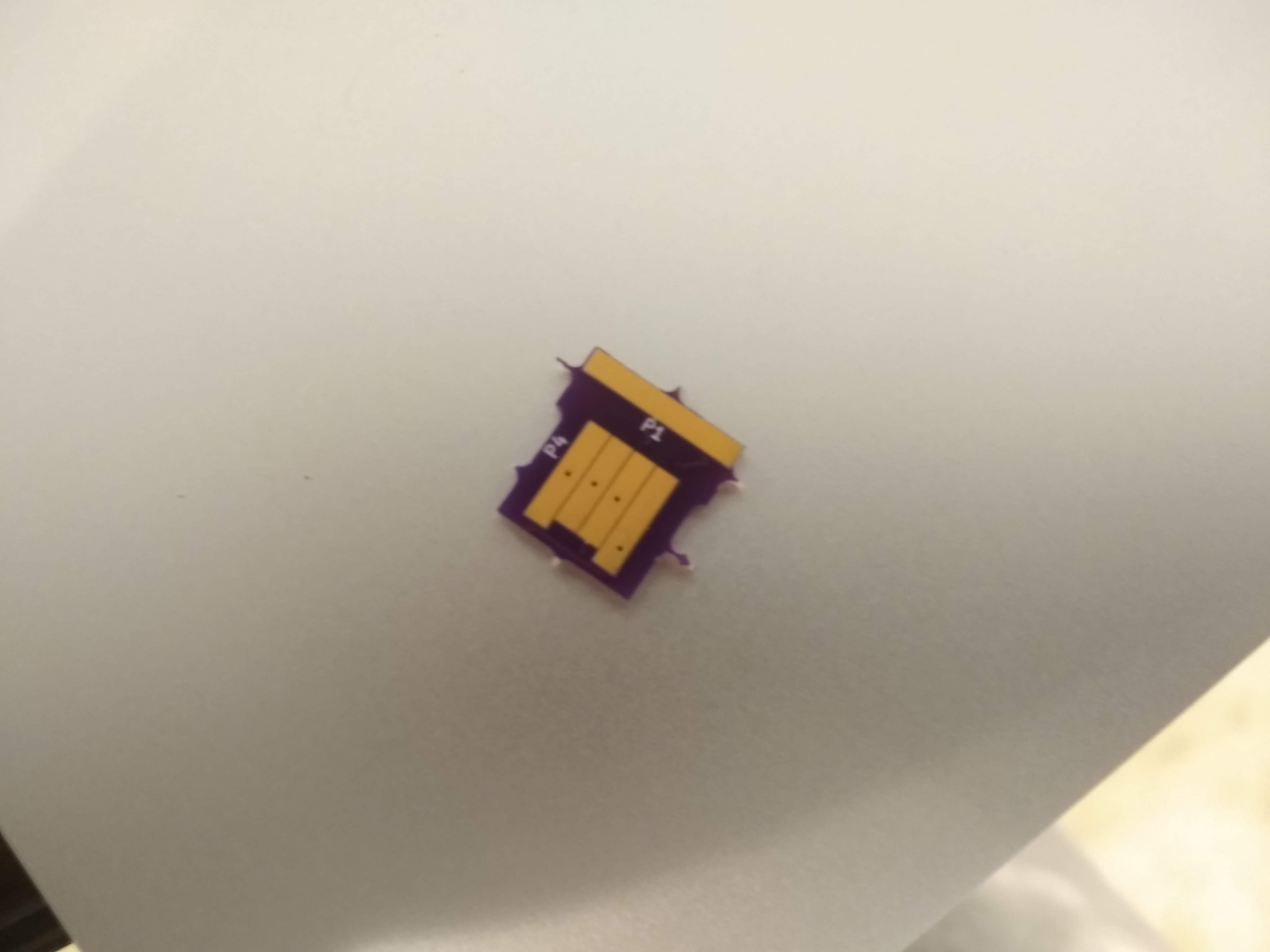
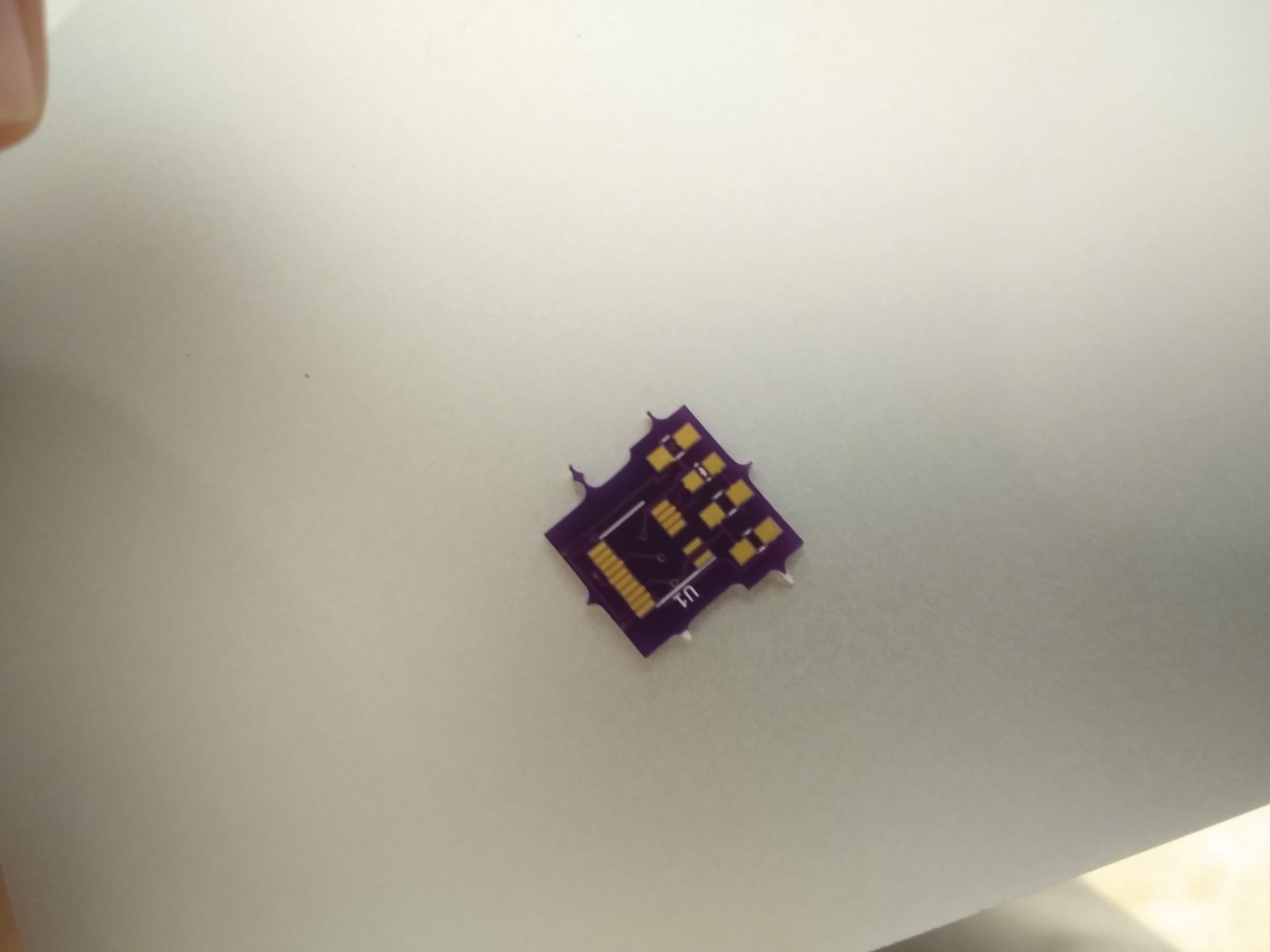

I've been documenting the project as I worked on it in a private discord. Over the next few days I'll copy over the progress I've made here.
 Dhruv Gramopadhye
Dhruv Gramopadhye


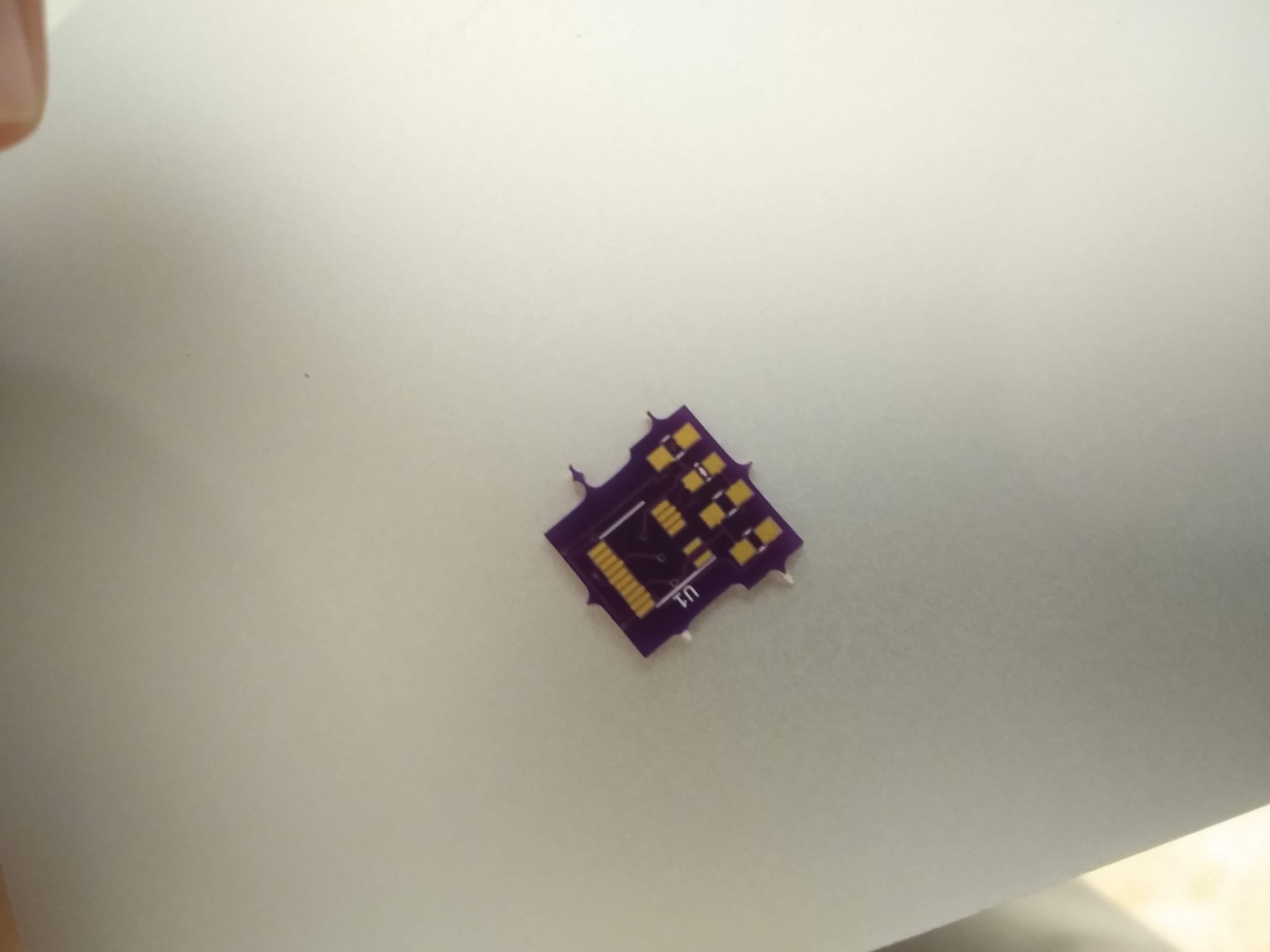

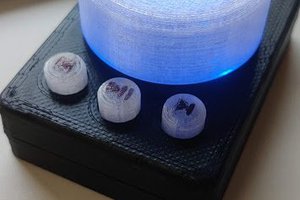
 Colin Russell-Conway
Colin Russell-Conway
 Miguel
Miguel
 Jeremy Ruhland
Jeremy Ruhland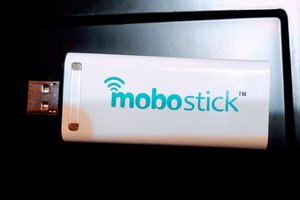
 The_Mekon
The_Mekon
I hope you find a solution as passwords are so damn annuoying and so bad. Nobody remembers their passwords, everyone reuses passwords, they are cryptography weak as hell as I saw a guy on YouTube (a known well liked guy) use John the Ripper and Kali with 3 Nvidia 4000 series GPUs and brute force a 10 character password in 19 seconds. The estimated time prior to the arrival of crazy parallel processing 7 years! So, in the past years a 10 character password is bunk and P@55w0rD is a bad idea. But I also read that they have come up with a classical way to increase the "abilities of classical computers to "crunch" numbers by several factors, so even without"quantum" (all of which still remains to be seen) GPU clusters, neural networks, better classical algorithms, and huteristics means our current cryptography is in serious trouble and I assume the people really interested in it are also several factors ahead of what we are aware of so a quantum resistant cypto key stored in a truly resistant cypto chip on a USB key is a very good idea. No more passwords. Just carry your (keys - have some stashed at home and perhaps one at the bank or a new business idea a small safe deposit box pop up store very small and compact with a copy duplicate of you "yubui" key. Put it on your keychain (it's been 20 years since I lost my keys). How long has it been since you have forgotten your password or used the same password over and how many people use a 10 character or less password. Passwords suck - a massive 4000 bit certificate would be pretty hard to guess. Yeah man in the middle unless the software and hardware take this into consideration and even the keys that come out every time are merely iterations of the original and roll. I am suck of having to sign in and get a sms and then a text or use my authenticator. But you would be wise to be using three factor authentication. In Switzerland when E-Banking first rolled out we had to use 3 factor and now it's down to 2 but really 3 factor give the ability to compromise phones etc ... Something had to give or we can throw all electronic transactions and private conversations or data on the non-air gapped computer networks out the window.